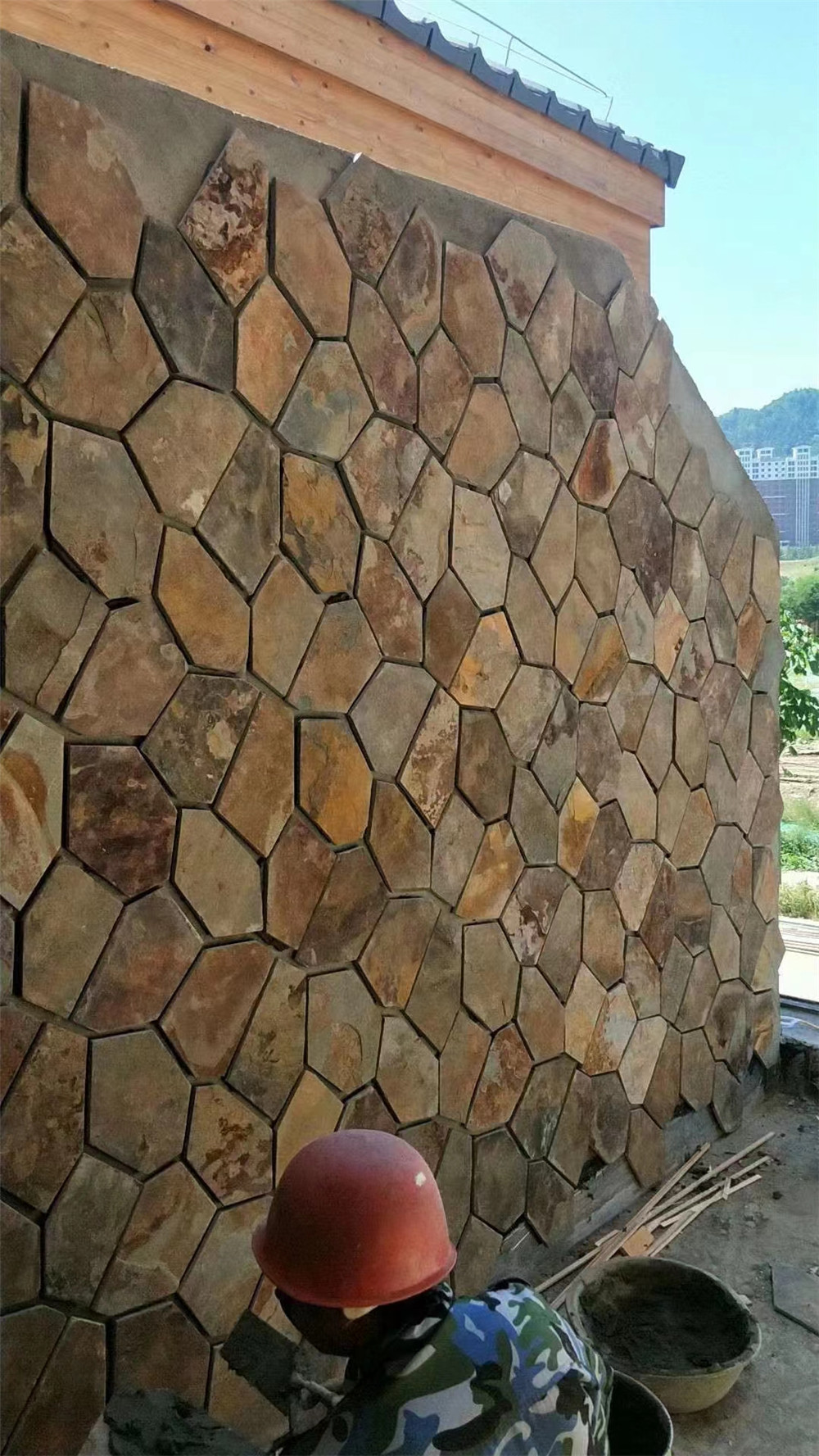The Timeless Elegance of Cultured Stone Houses

Introduction
Cultured stone houses have long been a symbol of timeless elegance and craftsmanship. With their unique blend of natural beauty and modern durability, these homes have become increasingly popular among homeowners seeking to create a distinctive and long-lasting living space. In this article, we will explore the history, construction, benefits, and design possibilities of cultured stone houses, showcasing why they continue to captivate the imagination of homeowners and architects alike.
History of Cultured Stone Houses
The concept of using stone in construction dates back thousands of years, with ancient civilizations such as the Egyptians, Greeks, and Romans all utilizing stone in their architectural designs. The use of natural stone was a sign of wealth and prestige, with grand structures like the Pyramids of Giza and the Parthenon serving as enduring examples of the beauty and durability of stone construction.
In more recent times, the development of cultured stone has revolutionized the way we think about incorporating stone into our homes. Cultured stone, also known as manufactured stone or faux stone, is a lightweight concrete material that is molded and colored to resemble natural stone. This innovation has made it possible to achieve the look and feel of natural stone at a fraction of the cost, opening up new possibilities for homeowners to incorporate stone into their living spaces.
Construction of Cultured Stone Houses
Cultured stone houses are typically constructed using a combination of traditional building techniques and modern materials. The process begins with the selection of the cultured stone product, which comes in a variety of shapes, sizes, and colors to suit different architectural styles and design preferences.
Once the cultured stone has been chosen, it is installed over a base material such as plywood or cement board using mortar or adhesive. The stones are carefully arranged and secured to create a seamless and natural-looking facade. Grout is then used to fill in the gaps between the stones, helping to reinforce the structure and enhance the appearance of the finished product.
One of the key advantages of using cultured stone in construction is its lightweight nature, which makes it easier to transport and install compared to natural stone. This can result in cost savings on labor and transportation, making cultured stone an attractive option for homeowners looking to achieve the look of stone without breaking the bank.
Benefits of Cultured Stone Houses
There are numerous benefits to choosing a cultured stone house for your next construction project. Some of the key advantages include:
1. Durability: Cultured stone is designed to withstand the elements and maintain its appearance over time. Unlike natural stone, which can be prone to cracking and fading, cultured stone is engineered to be long-lasting and low-maintenance.
2. Versatility: Cultured stone comes in a wide range of styles and colors, making it easy to customize the look of your home to suit your personal taste. Whether you prefer a rustic, traditional, or modern aesthetic, there is a cultured stone product to match your vision.
3. Cost-Effective: Cultured stone is typically more affordable than natural stone, making it a cost-effective option for homeowners on a budget. With cultured stone, you can achieve the look of luxury without the hefty price tag.
4. Sustainability: Cultured stone is an environmentally friendly building material, as it is made from natural aggregates and pigments that are non-toxic and recyclable. Choosing cultured stone for your home can help reduce your environmental impact and contribute to a more sustainable future.
Design Possibilities of Cultured Stone Houses
One of the most appealing aspects of cultured stone houses is the endless design possibilities they offer. Whether you are looking to create a cozy cottage, a grand estate, or a sleek modern abode, cultured stone can be used to achieve a wide range of architectural styles and aesthetics.
For a traditional look, consider using cultured stone with a rough-hewn texture and earthy tones. This can create a warm and inviting facade that blends seamlessly with its natural surroundings. Pairing the stone with wooden accents and lush landscaping can enhance the rustic charm of the home.
If you prefer a more contemporary style, opt for cultured stone in sleek, monochromatic colors and clean lines. This can create a striking contrast with the surrounding landscape and give the home a modern edge. Incorporating large windows, metal accents, and minimalist landscaping can further enhance the contemporary feel of the design.
For those who love the charm of a European villa, consider using cultured stone in a warm, Mediterranean color palette. Pairing the stone with ornate details such as wrought iron railings, arched doorways, and terracotta roof tiles can evoke the timeless elegance of a Tuscan estate. Adding climbing vines, olive trees, and a cobblestone driveway can complete the look and transport you to the rolling hills of Italy.
Conclusion

Cultured stone houses are a testament to the enduring appeal of stone in architecture. With Roofing slate color fading issues of natural beauty, modern durability, and versatile design possibilities, these homes offer a unique and timeless living experience. Whether you are drawn to the rustic charm of a cottage, the grandeur of a villa, or the sleekness of a modern abode, cultured stone can help you realize your vision and create a home that is as unique as you are. Consider the benefits of cultured stone houses for your next construction project and discover the transformative power of this remarkable building material.
